Brushfires impacting Sydney Hobart Race
Published on December 17th, 2019
Unlike windward leeward race courses where the emphasis is primarily on upwind/downwind tactics, crew work, and speed, the random leg or distance races expands the problem solving requirements.
As race courses must adapt to the wind, competitors must determine their best sailing angles, choose the right sails and sheeting angles, and seek out geographic advantages. While the format may be easier in some ways, it is more dynamic in others.
To sort through the riddles, navigators utilize modern tools, but this is proving hard for the upcoming 628nm Sydney Hobart Race due to Australian bushfire season.
Beginning in early August 2019, the east coast has experienced an unprecedented number of major bushfires across multiple states. As of December 15, the fires have burnt nearly 7.5 million acres, destroyed over 700 houses, and claimed 6 lives.
The ongoing brushfires have cast a thick haze over Sydney Harbor, leading the weather forecasting models to have been “poor” and “less accurate” than ever before due to the smoke, making it difficult to predict the wind angles for the start on December 26.
“With all the smoke haze and whatever, that’s impacting the weather models quite a lot,” said Matt Allen, skipper of the Botin 52 Ichi Ban, who will be looking to claim back handicap honors for his 30th Sydney to Hobart.
“We are very, very fastidious on the weather forecasting … we’re looking at really exact wind angles for what sails we will fly and it’s just not that accurate at the moment.
“All the racing we’ve done, September, October, and November, the weather just hasn’t correlated with the forecasting at all.
The traditional Sydney to Hobart lead-up, the Big Boat Challenge on December 10, was abandoned due to low visibility caused by the bushfire smoke, with concerns now circulating that poor conditions on Boxing Day could see the famous race delayed.
Allen said accurate forecasts are vital in understanding what “the angle and the strength of the breeze” are likely to be on the day.
“The thing about weather modelling is you get so much practice because you see so many different things, but there are some things that are new, that don’t happen very often, where the modelling really doesn’t know how to how to cope with,” Allen said. “The smoke haze and how it’s impacted is just so so different.”
Allen and co were itching to go back-to-back last year but handed over the Tattersall Cup to Tasmanian boat Alive, a Reichel Pugh 66. If Ichi Ban had managed the feat, it would have been the first since Freya in 1965 to claim consecutive handicap victories.
Now Allen plans to claim back the title but admits it won’t be an easy feat due to the conditions.
“I went to the Olympic Committee cocktail party and we’re talking about with other athletes and I even had this discussion with [Ian] Thorpe that if you’re in a swimming pool there’s not that many other things that can go on once you’re in the pool and you’ve done all your training,” he said. “Whereas, in the sport of sailing, it can be pretty random.”
“We’re kind of feeling at this stage, even though it’s too early to call anything, that we’re probably going to come into the race with pretty low confidence.”
Having done a lot of small modifications in the lead-up to the 2019 race, Allen is hoping to turn the adverse weather conditions into a positive.
“The boat is a very consistent performer … we don’t take massive risks when we are sailing,” he said. “We’ve ended up normally first or second in every race, which I don’t think anybody’s ever done in the history of sailing.”
Allen said if the race is “complicated,” it may actually be a benefit on the day.
“We’ve designed it to be very much an all-round boat,” he said. “So it really doesn’t have a weakness to it.”
Source: Brisbane Times, Scuttlebutt
Race details – Entry list – Facebook
Background: The 2019 fleet will be chasing line honours and the overall Tattersall Cup win in the 628nm Rolex Sydney Hobart Yacht Race which starts December 26, 2019. From Sydney Harbour, the fleet sails out into the Tasman Sea, down the south-east coast of mainland Australia, across Bass Strait (which divides the mainland from the island State of Tasmania), then down the east coast of Tasmania. At Tasman Island the fleet turns right into Storm Bay for the final sail up the Derwent River to the historic port city of Hobart.
Source: Rob Mundle, Scuttlebutt


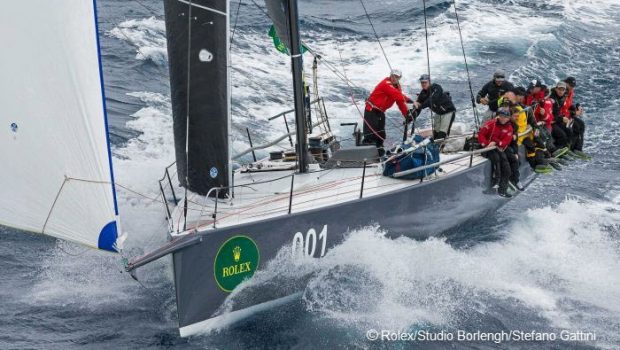

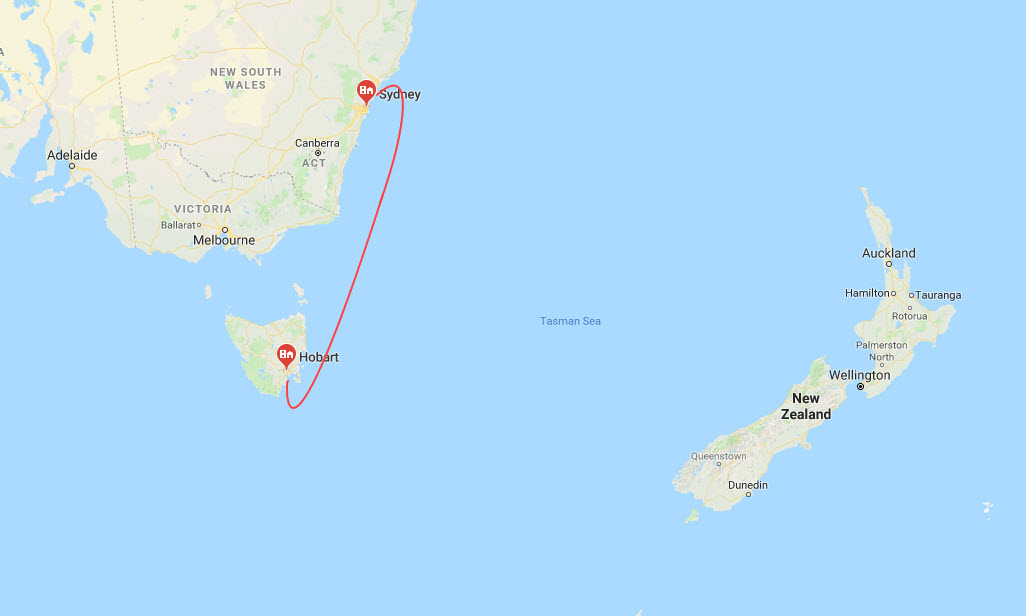

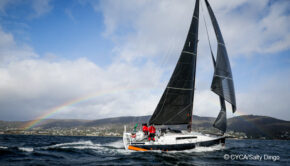
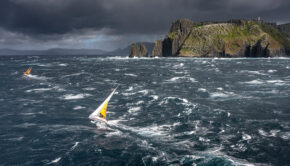
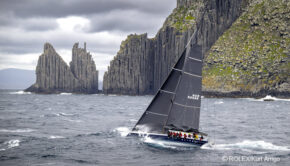
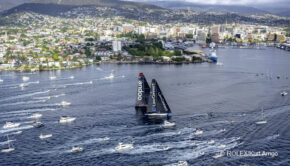
 We’ll keep your information safe.
We’ll keep your information safe.